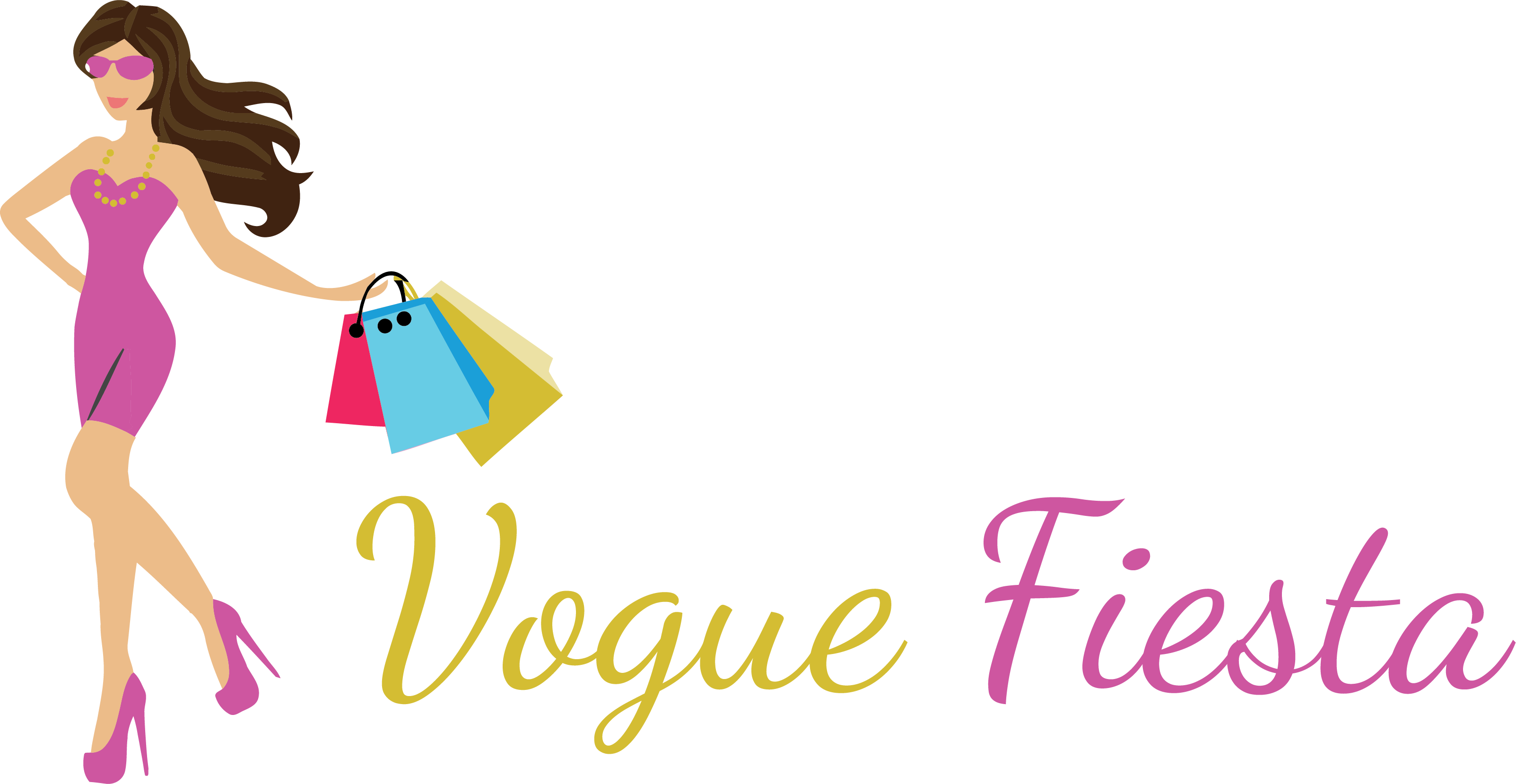Our clothes could either excite us or depress us, as this directly affects our decorations and colours. For example, bright colours such as red and yellow signal energy and positivity, whereas soothing shades like blue and green invoke a sense of calmness. Knowing the colour psychology concepts helps individuals deliberately wear clothes of their liking that can cater for their emotional needs in colours. By wearing distinctive colours, people typically unconsciously change their emotional state, and a person can thus get better dressed and get gladder.
The Power of Comfort and Confidence
Physical comfort from clothing is not the only aspect; psychological wellness and self-confidence are deeply affected. Ill-fitting or uncomfortable clothing can provide a never-ending comfort dither, which inhibits our ability to concentrate and work at the highest level of quality.
On the other hand, clothes suitable for our size feel good on us, improve both physical and mental health, and definitely elevate self-confidence. Identifying the relationship between physical comfort and its connection to emotional security enables people to find ways to build wardrobes that commit to at least two spheres of health.

Expressing Identity and Self-Perception
When we dress according to our self-perception and values, this allows us to display sincerity, which strengthens our positive image of ourselves. Additionally, experimenting with various styles offers an outlet for personal development and self-exploration as individuals uncover aspects of their persona through fashion.
Social influence and perception
Clothing choices also go beyond how we view ourselves; they greatly affect others´ perceptions of us. First impressions are indeed shaped by our looks, and this relationship is very intimate in the realm of psychology.
People form judgements about someone’s personality, consciously or unconsciously, based on their clothing, as certain styles are associated with specific traits, characteristics, and so forth. The consequences are social, and understanding how fashion influences people’s lives allows them to use clothing as a tool with which they can effectively communicate and build relationships on different levels.
Adapting to Circumstances: The Versatility of Fashion
Life is always in transformation, and this dynamic nature often calls for being adaptable. Clothing stands out as just one of the various tools used to achieve such adaptation. Being able to change our outfit according to the situation not only helps us demonstrate prudence but also reveals how we are capable of overcoming challenges despite them.
Cultural Signifiers and Identity
Oftentimes, clothing is a cultural device that reflects heritage and traditions as well as affinity. When people wear clothes that are associated with their cultural identity, this may promote a sense of pride and belonging. It also enables a platform for individuals to share their cultural stories with others, contributing to an even more differentiated and inclusive account of identity.
Dress for Success: Professional and Academic Achievements
“Dress for success” is a trite saying full of psychological meaning. The clothing we choose to wear can affect how confidently we see ourselves and the confidence others have in us. No matter if one is preparing for a job interview or an important presentation, dressing professionally can make him feel confident and competent, which would have positively affected his performance outcome.
Emotional Connection to Clothing: Sentimental Value
Those clothes are the romantic dresses worn on important occasions, an award earned, or even a relationship that involves special clothing. People can dress in clothes that create positive feelings and may act as an anchor for emotions, giving the person comfort and motivation. Honouring the emotional relationship with one’s clothes enables individuals to build a wardrobe that not only showcases their personal style but also becomes an archive of happy memories.

Sum up
The conclusion of the discussion on clothing and psychology is that it’s a pretty intertwined connection. From colour psychology in shaping our mood to reflecting upon our identities and the ability to behave according to our social environment, whatever we put on impacts greatly, even in terms of overall health aspects. Knowing the psychological ins and outs of dress can help people leverage its transformative potential towards generating positive feelings, improving confidence levels, and creating a strong personality based on true identity.

